In 1789, trouble was brewing.
Louis XVI ruled over a deeply unequal society from Versailles.
Philosophers were increasingly challenging the status quo.
Bad harvests caused the price of bread and other necessities to skyrocket.
France had a parliament of sorts, the Estates General, which was only called upon when the king needed to raise taxes.
It was also very unequal : the nobility and clergy had 66% of the vote, but only represented 10% of the population.
In 1789, the Louis XVI summoned the Estates General in the hope of raising taxes.
However, instead of focusing on taxes, the third estate proclaimed itself a National Assembly, drafted a Constitution, ratified a Declaration of Human Rights and striped the nobility of its privileges.
Moreover, 8,000 angry women marched to Versailles and forcefully brought Louis XVI and Marie Antoinette back to Paris.
The king and queen were guillotined 4 years later.
While the French Revolution was a time of remarkable emancipation and progress, it was also marked by a terrifying wave of repression, as Revolutionaries sought to eliminate any dissent.
Thousands of people were massacred during this period, and some remnants of this violent past are still visible today.
The area of Odeon was the intellectual hub of the Revolution.
It became a huge center for the printing press.
Danton, Marat and Camille Desmoulins - 3 giants of the French Revolution - lived within a few streets of each other and a statue of Danton stands on the site of his former home.
The Café Procope, still in operation today, was a popular meeting spot for philosophers like Voltaire, Diderot, and d'Alembert, as well as revolutionary leaders such as Danton, Marat, Desmoulins, and Fabre d'Églantine.
Nearby, the Couvent des Cordeliers housed a revolutionary club led by Danton
Further along, the Couvent des Carmes witnessed the brutal murder of 114 priests and nuns in its gardens.
Executions mainly took place on place de la Concorde.
The Conciergerie served as the main tribunal and prison - you can still visit Marie Antoinette’s cell today.
Fun fact : the destruction of the Bastille, a pivotal moment in the French Revolution, was an impressive feat.
Indeed, traces on the ground today show how massive a monument it was.
However, at the time of its destruction, only seven inmates were imprisoned there!




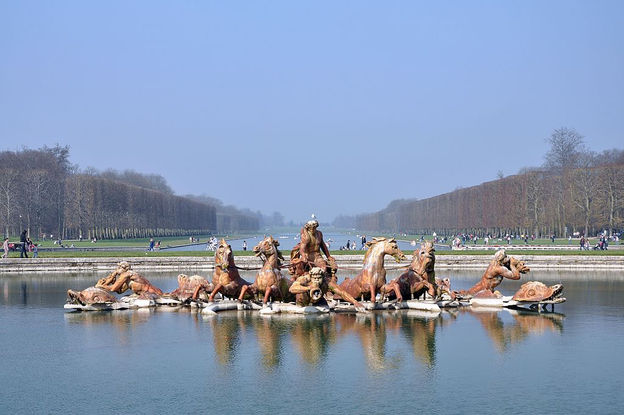
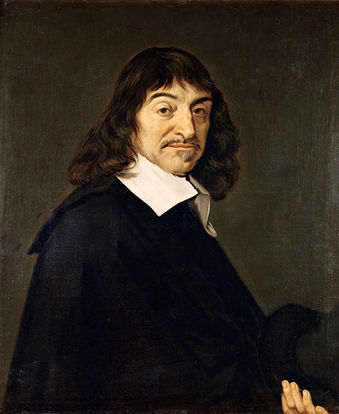
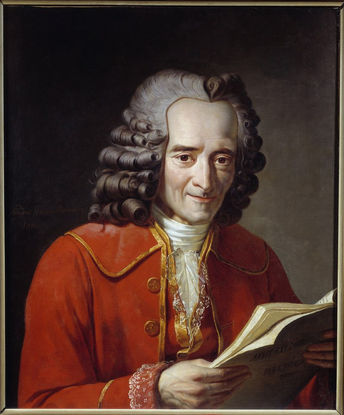
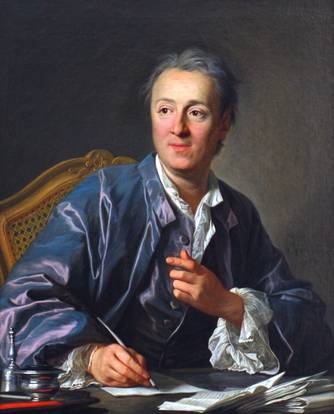




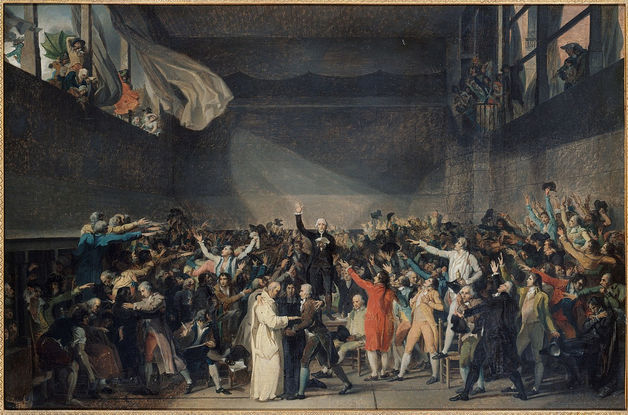

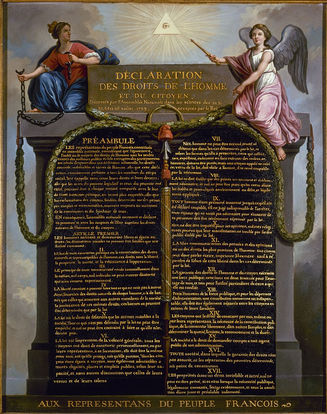















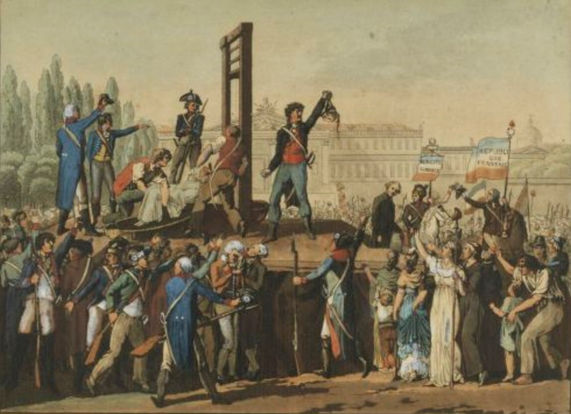


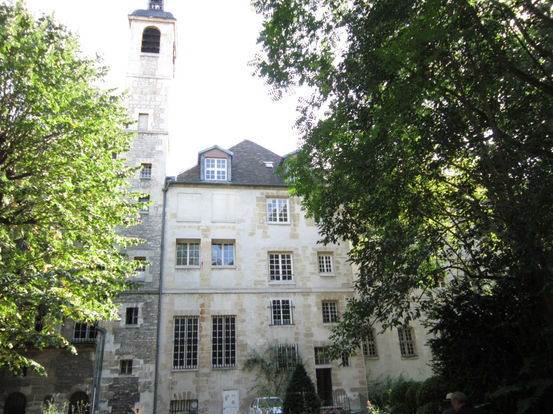















.jpg)